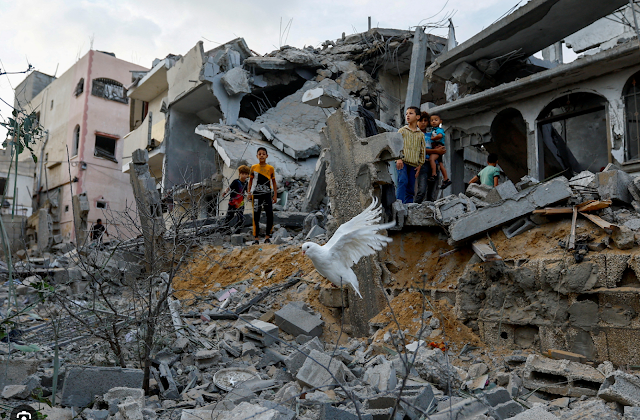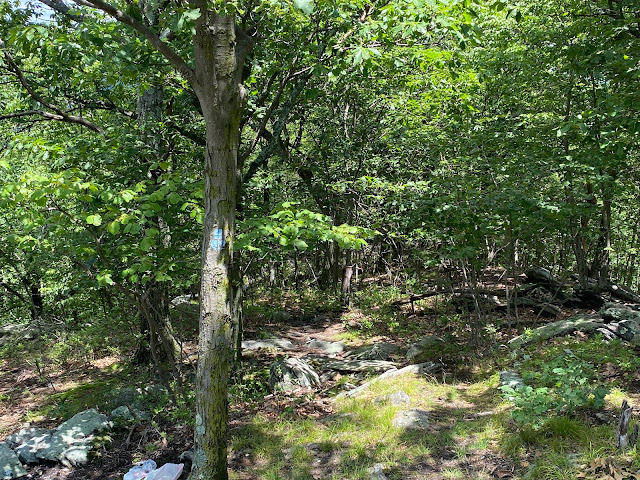“Are you for us or for our enemies? “Joshua asked.
“Neither,” said an angel of the Lord.
In the aftermath of the horrific massacres of innocent Israelis by criminal Hamas terrorists who control and subjugate their own Palestinian people, I wish Israel had a more sagacious leader to pursue justice for all. I hope I’m wrong, but the stage seems to be set for more humanitarian tragedy.
I hear the familiar drumbeats of war, the same rhythms that pushed us into Iraq. It has been unleashed on American and international news organizations once again to polarize us into believing there is a single choice to make. We must all support Israel!
It’s a false choice in this sense. There are two warring governments, each believing they are justified in their aggression against the other nation. Then, on both sides, there are innocent children and families caught up in violence. This third side is the God’s-Eye view based on circumstances not unlike what Joshua faced before the battle of Jericho:
“Now when Joshua was near Jericho, he looked up and saw a man standing in front of him with a drawn sword in his hand. Joshua went up to him and asked, “Are you for us or for our enemies?”
14“Neither,” he replied, “but as commander of the army of the Lord I have now come.” Then Joshua fell facedown to the ground in reverence and asked him, “What message does my Lord have for his servant?”
15 The commander of the Lord’s army replied, “Take off your sandals, for the place where you are standing is holy.” And Joshua did so.” Joshua 5:13-15
Taking up arms may be necessary from this perspective, but vengeance remains taboo. “Vengeance is mine, “says the Lord. It’s not our choice to make.
The faithful Jews of Israel know they are called to be a blessing in the world. They are called to be a nation of priests. That is the side of Israel that has been seeking more humanitarian Israeli government policies and treatment for Palestinian children and families over the years. That is the side of Israel on which I stand. I am on the side of blameless children and families on both (all) sides of the conflict. They must be protected and cared for amid the military response. But how is it possible?
The Hamas attackers know how the current leadership in Israel will likely respond to their unspeakably heinous attacks. They know it will rain hellfire down on innocent Palestinians. In the past, Israel has met their crazy, bloody incursions with even more indiscriminate slaughter, much to the condemnation of the Arab world. That is their plan. If the United States appears to support this conduct of war now, our status in the world will be diminished as well. It is a trap that Hamas hopes to achieve. They want the rest of the world to hate and condemn all Jews.
The situation Israel faces as it prepares for battle requires great discernment and mercy for the innocent lives of those trapped in Gaza. A victory against Hamas conducted in a righteous manner, which protects innocent children and families, can lead to peace and Justice for everyone. God demands nothing less.
ADDENDUM: https://aseyeseesit.blogspot.com/2023/11/in-pursuit-of-peace-in-middle-east.html



























